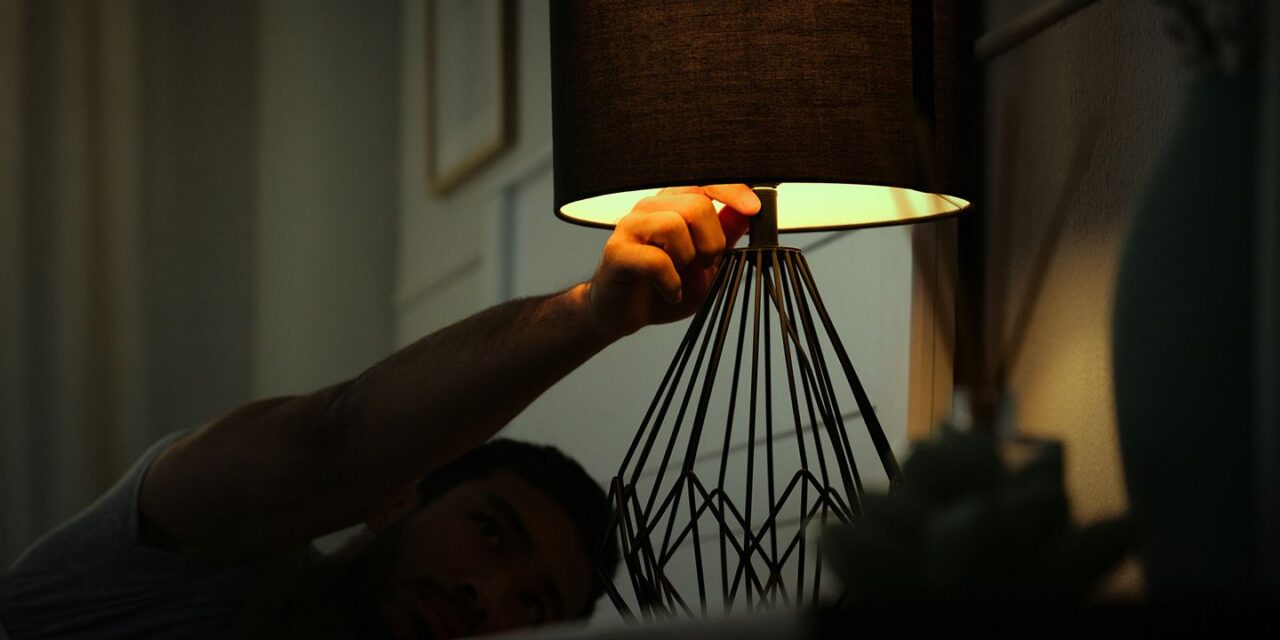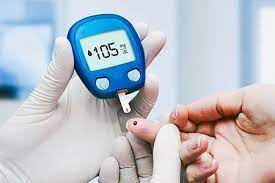In the ongoing battle against type 2 diabetes, lifestyle modifications like weight loss, exercise, and healthy eating have long been championed. However, groundbreaking research now suggests that something as simple as maintaining a darker bedroom environment at night may significantly reduce the risk of developing this chronic condition.
A recent study conducted in the United Kingdom, involving nearly 85,000 participants, has revealed a compelling link between nocturnal light exposure and type 2 diabetes risk. Researchers found that individuals exposed to the least amount of light between 12:30 a.m. and 6 a.m. were notably less likely to develop diabetes compared to those exposed to higher levels of nighttime illumination [1].
Dr. Andrew Phillips, senior author of the study and an associate professor at Flinders University, Australia, emphasized the findings: “We found that exposure to light at night predicted the likelihood of developing type 2 diabetes. The brighter the light at night, the higher the risk” [2].
The study’s rationale lies in how nighttime light disrupts the body’s circadian rhythm—the internal clock governing biological processes like blood sugar regulation. Dr. Phillips explained that such disruption can lead to insulin secretion irregularities and glucose metabolism changes, ultimately promoting diabetes onset [3].
Participants in the study wore wrist devices equipped with light sensors for a week to monitor their nighttime light exposure. Over the subsequent eight years, researchers tracked their diabetes development. The data underscored a clear correlation: individuals in the top 10% of nighttime light exposure faced up to a 67% higher risk of developing type 2 diabetes compared to those with minimal exposure [4].
The study meticulously accounted for various factors potentially influencing results, such as health status, daylight exposure, and urbanicity. Exclusions included overnight shift workers, a group already known to be at heightened diabetes risk [5].
Christian Benedict, PhD, an associate professor at Uppsala University, Sweden, who was not involved in the study, praised its significance: “Reducing nighttime light exposure in our always-lit society could be an effective strategy to lower the prevalence of type 2 diabetes” [6]. Dr. Benedict highlighted the feasibility of such a strategy in combating a disease projected to affect over 1.3 billion people worldwide by 2050 [7].
The implications extend beyond diabetes prevention. Previous research has linked excessive nighttime light exposure to other health concerns like obesity and poor sleep quality, reinforcing the broader impact of light on overall health [8].
While advocating for dimmer sleep environments, experts also stress the importance of regular exercise and consistent sleep patterns to support circadian rhythms and overall well-being.
“Incorporating practices to reduce nighttime light exposure may offer a straightforward and cost-effective approach to diabetes prevention,” concluded Dr. Phillips, urging further exploration into practical strategies like using sleep masks or blue light-blocking glasses [9].
As research continues to unveil the profound influence of environmental factors on health, the quest for preventive measures remains pivotal in addressing the global diabetes epidemic. Maintaining a darker bedroom environment emerges as a promising step towards safeguarding metabolic health and promoting overall wellness.











